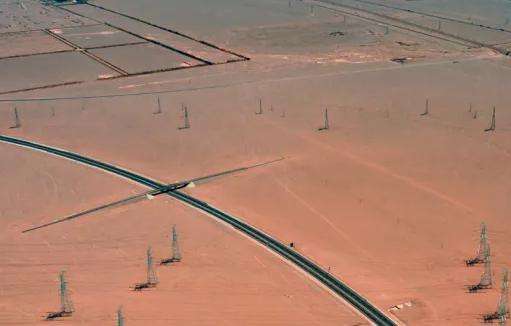Pingtan is located in a coastal monsoon zone with large seasonal changes in precipitation, so hydropower is affected during the dry season (fall and winter). The biggest disadvantage of wind power generation is its instability. The so-called complementarity means that during seasons with strong winds, when the flow is low and water and electricity are insufficient, wind power and electricity are strengthened. Therefore, the complementary reason should be that the wind is strong and the runoff is small in autumn and winter. Therefore, I chose wind-solar hybrid street light B. It is a street lighting system that uses wind energy to generate electricity. It combines wind turbines with street lights and uses the electricity generated by the wind turbine to power. public lighting, for sustainable use of energy. When choosingFrom the axial direction of a wind turbine, the vertical axis and the horizontal axis have their own advantages and applicable scenarios.
First of all, vertical axis wind turbines have the following advantages:
1. Strong adaptability: Vertical axis wind turbines can operate in various wind directions and are not limited by wind. directions. This means it can work in complex urban environments, such as high-rise buildings, trees and other places that affect wind direction.
2. Simple structure: The structure of the vertical axis wind turbine is relatively simple. Due to the symmetry of its design, it does not need to follow the direction of the wind, so it can reduce complexity and breakdowns. rate of mechanical components.
3. Good silence: Vertical axis wind turbine blades produce relatively little noise when rotating, which can reduce interferencewith the environment.
However, horizontal axis wind turbines also have their unique advantages:
1. High efficiency: The blades of horizontal axis wind turbines can be adjusted according to the wind direction to achieve the best wind energy utilization efficiency. This gives horizontal axis wind turbines an advantage in terms of wind energy conversion efficiency.
2. High stability: The structure of the horizontal axis wind turbine is relatively stable and can better withstand the impact and changes in wind force. This makes horizontal axis wind turbines more reliable in adverse weather conditions.
3. Easy Maintenance: The mechanical components of horizontal axis wind turbines are relatively easy to maintain and replace because they are usually located on the ground and do not require climbing for maintenance.
In summary, vertical axis and horizontal axis wind turbines havetheir own advantages in different scenarios. For wind-solar hybrid street lighting systems, if the environment around the street lights is complex and the wind direction is variable, vertical axis wind turbines are more suitable if the wind direction at the location street lights are relatively stable and wind power is high; efficiency of use is required, horizontal axis wind turbines are more suitable. Therefore, when selecting the axial direction of a wind turbine, overall considerations should be taken into account based on specific application scenarios and needs.














